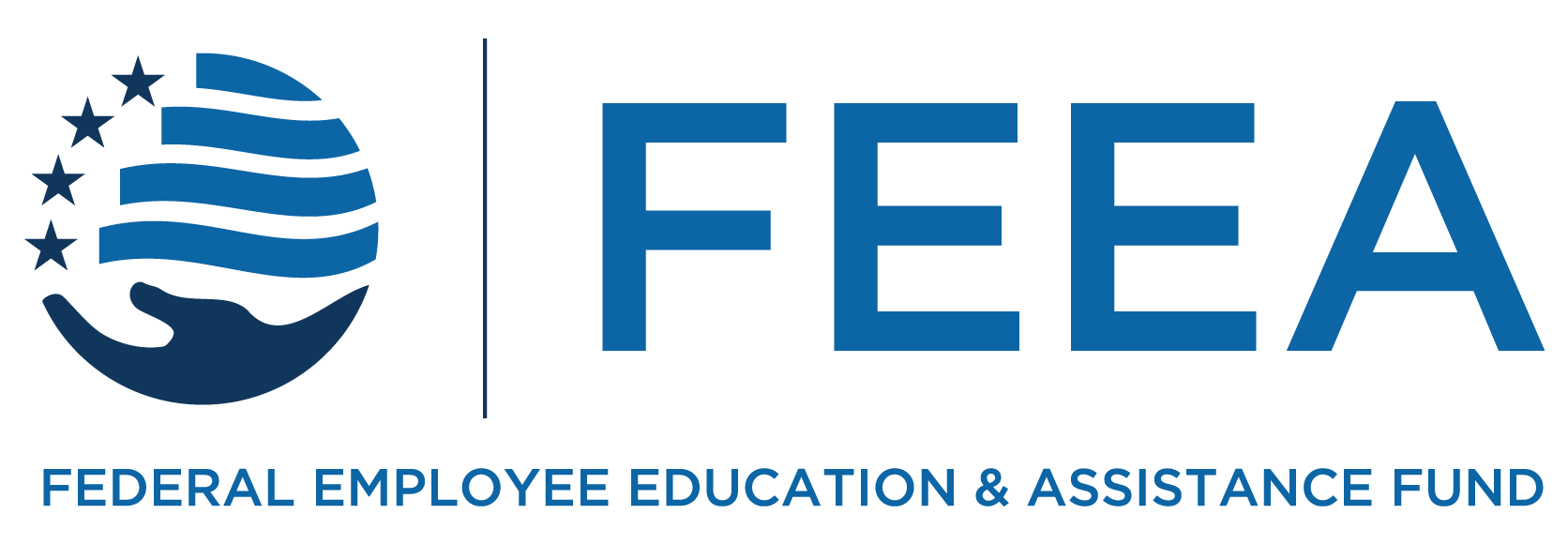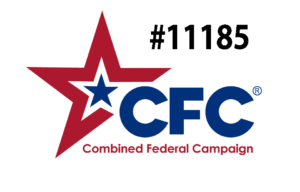by Joyce Warner
I recently sat down with Tammy Flanagan opens a new window, a federal benefits expert with the National Active and Retired Federal Employees Association (NARFE opens a new window) to talk about the federal government’s phased retirement program.
Joyce: Hi, Tammy. Can you tell us what the phased retirement program is and when it came about?
Tammy: Phased retirement was signed into law on July 6, 2012, as part of a larger bill, and OPM (the Office of Personnel Management) published final regulations on August 8, 2014, to implement the program. It allows certain employees who meet specific age and service requirements to elect to transition into retirement. Employees in a phased retirement status continue to work on a part-time basis and draw partial retirement benefits during their continued employment.
Joyce: How long does phased retirement usually last?
Tammy: Phased retirement may be open-ended or subject to a time limit agreed to between the agency and the employee. The employee may also request to return to regular employment or apply for full retirement. Phased retirement is not an employee right. Elections to enter or opt out of phased retirement status require the mutual consent of both the employee and the employing agency.
Joyce: Who is eligible to participate in the program? Is the program available to both CSRS and FERS participants? Any differences on how it works depending on which retirement plan you are in?
Tammy: To take advantage of phased retirement, employees must meet certain criteria:
- They must have been employed full-time for the preceding three years before the phased retirement begins.
- Civil Service Retirement System (CSRS) employees must be eligible for immediate retirement with at least 30 years of service at age 55 or with 20 years of service at age 60.
- Federal Employees Retirement System (FERS) employees must be at their minimum retirement age (MRA) with at least 30 years of service, or 20 years of service at age 60.
- Employees subject to mandatory retirement (such as law enforcement officers, firefighters, and air traffic controllers) are not eligible.
Employees entering a period of phased retirement will be required to spend 20 percent of their working hours on mentoring activities (with the exception of employees of the U.S. Postal Service).
Joyce: Are there any other benefits to federal employees who participate in this program?
Tammy: There are several reasons why phased retirement might provide a good way to transition to retirement:
- You might love your job and your co-workers but also be interested in working less than full time as you move toward full retirement.
- Phased retirement allows your CSRS or FERS benefit to increase as you work less than full time. If you were to retire first and then return to work part time, your retirement benefit would not go up.
- Phased retirees who are over the Social Security full retirement age are no longer subject to an earnings limit and can choose to receive Social Security retirement benefits while continuing to work in phased retirement.
- Phased retirees who are age 59 ½ or older can take in-service withdrawals from the Thrift Savings Plan (TSP). This allows them to begin using their retirement savings during the period of phased retirement, continue to contribute to the TSP and (for those under FERS) receive agency contributions.
- The only withholdings from the CSRS or FERS partial retirement benefit during phased retirement are taxes. Survivor elections are deducted and insurance premiums are withheld after full retirement.
- During phased retirement, the cost-of-living adjustments (COLAs) payable to retirees are included with the partial retirement benefit, and the annual pay adjustments for employees are granted in the partial salary benefit.
- Phased retirees are eligible to continue to use annual and sick leave, and accrue leave on a prorated basis.
- Phased retirees who are between age 62 and 70 can use the period of partial retirement to increase the value of their Social Security retirement benefit by delaying their application. Applying early for Social Security retirement causes a permanent reduction to the benefit and delaying the application past the full retirement age allows for delayed retirement credits to permanently increase the benefit.
- Phased retirement provides time to adjust to the emotions and activities of full retirement. According to U.S. News and World Report (https://money.usnews.com/money/blogs/on-retirement/2011/02/03/4-advantages-of-a-phased-retirement), research indicates that retirees who work part time are healthier than those who transition abruptly into complete retirement. The same study showed that a phased retirement was also beneficial to mental health if the part-time work was related to the retiree’s previous career.
Additional Resources
If you’re interested in further exploring phased retirement, here are some resources from OPM that might help you.
- Information and Instructions for Completing a Phased Retirement Application Under CSRS
- Information and Instructions for Completing a Full Retirement Application Under CSRS
- Information and Instructions for Completing a Phased Retirement Application Under FERS
- Information and Instructions for Completing a Full Retirement Application Under FERS
- Phased Employment / Phased Retirement Status Elections
Joyce: If someone participates in the phased retirement program at his or her agency, are there any changes to their regular benefits (vacation time, health benefits, TSP contributions, etc.)?
Tammy:
- Insurance – During phased retirement, coverage under the Federal Employees Health Benefits (FEHB) program and Federal Employees’ Group Life Insurance (FEGLI) will continue to be provided by the employing agency. The FEHB employer contribution will be the same as that for full-time employees, and it will continue to be withheld on a pretax basis instead of post-tax in retirement. FEGLI coverage amounts will be based on the full-time salary for the position.
- Thrift Savings Plan – According to the TSP, phased retirees are considered employees for TSP purposes. Therefore, the following provisions apply:
- They will not be subject to a required minimum distribution (RMD) at age 72.
- They are not entitled to treat phased retirement as a separation for TSP withdrawal purposes.
- They can continue to make contributions to the TSP and are eligible to make age-based or financial hardship withdrawals that they would otherwise be entitled to make as an employee.
- They will be eligible to receive a TSP loan and to repay the loan through payroll deduction.
- Leave – An employee in phased retirement status will accrue annual and sick leave in the same manner as other part-time employees. All employees in phased retirement status will have at least 20 years of service and, therefore, will be accruing leave at the rate of one hour of annual leave for every 10 hours in a pay status and one hour of sick leave for every 20 hours in a pay status. An employee in phased retirement status with a 50 percent working percentage who works 40 hours per pay period will earn four hours of annual leave and two hours of sick leave per pay period.
- FERS Annuity Supplement – The FERS Annuity Supplement is not payable during phased retirement. If applicable, the FERS Annuity Supplement may be paid after an employee in phased retirement status fully retires and begins receiving a composite annuity.
FEDLIFEHACKS Phased Retirement
[Video Start]
[Video presented with written slides in English]
[music]
[FEEA #FEDLIFEHACKS logo with a light bulb at the top encased by a blue box.]
[An image of a compass with the word “Retirement” written across the top of the compass]
Do you know about the Government’s Phased Retirement Program
[An image of a woman smiling and working on a laptop]
What is phased retirement
- It allows certain employees who meet specific age and service requirements to elect to transition into retirement, while still working part-time.
[An image of a man in a suite in an office with his back to the camera staring out the window ]
How long does it usually last?
- Phased retirement may be open-ended or subject to a time limit agreed to between the agency and the employee.
- The employee may also request to return to regular employment or apply for full retirement.
[an image of a man in a suit speaking during a meeting]
Who is eligible to participate?
- Both CSRS and FERS employees may be eligible, however, requirements for age and years of service are different depending on which retirement system you are in.
- Jobs with mandatory retirement ages are not eligible.
[An image of an African American man and woman smiling while leaning together along the railing of a boat. ]
What are some of the benefits?
- You might love your job, but want to work less as you approach retirement.
- Participants who are over the Social Security full retirement age don’t have an earnings limit and can choose to receive Social Security retirement benefits while continuing to work.
- It allows your CSRS or FERS benefits to increase as you work less than full time.
[An image of two women meeting and discussing the contents of a document]
Are there changes to benefits for those in the program?
- FEHB and FEGLI benefits continue to come from the employing agency
- Phased retirees are considered employees for TSP purposes
- Leave accrues like other part-time employees
- FERS annuity supplement is NOT payable until full retirement
For more information on this topic, visit fees.org/phased-retirement
[The Federal Long Term Care Insurance Program logo.]
FEEA thanks FLTCIP for contributing to our #FedLifeHacks program
[FEEA #FEDLIFEHACKS logo with a light bulb at the top encased by a blue box.]
[music]
[Video End]
Joyce: What are the benefits to agencies in using the phased retirement program?
Tammy: Here is a quote from former OPM Director Katherine Archuleta that sums it up nicely: “Phased retirement offers an innovative alternative to traditional retirement for the twenty-first century workforce. Phased retirement provides a new tool that allows managers to better provide unique mentoring opportunities for employees while increasing access to the decades of institutional knowledge and experience that retirees can provide.”
Employees who are eligible for phased retirement and want to continue working on a part-time basis may do so with the agreement of their agencies. Employees will also spend 20 percent of their time in mentoring activities to facilitate the transfer of their knowledge and skills to other employees within the agency. Each agency will have the flexibility to implement the mentoring component in a way that is best for the agency and its employees.
Joyce: I’m never sure whether to describe this program as elusive or just little known. I believe just under 500 federal employees have participated in this program since its inception. Why do you think so few people participate in the program? What steps can federal employees approaching retirement take to try to participate in it at their agency?
Tammy: You’re right that very few employees have taken advantage of this opportunity as it is complicated to explain and the agency is not always anxious to keep employees in part-time status while they ease into retirement. The value of the mentoring opportunities under phased retirement simply never caught on with agency managers. The process of phased retirement requires the employee to retire twice. They initially file an application to enter phased retirement and later file the application to end phased retirement and enter full retirement. This is best suited for an employee who is financially ready for retirement but may not be mentally prepared to leave the workplace. The completion of a federal career is marked by the significant event called “retirement.” Phased retirement doesn’t have the same ring to it as it would to be counting down the days to a “full” retirement.
But phased retirement is only one option that federal employees have available to ease into retirement. Many employees fully retire from their federal careers and then return to work either as contractors or other work unrelated to their federal careers. Phased retirement is best suited for employees who want to continue the same job without interruption – they just do not want to work as many hours as before. It is better than working part time because the employee is receiving 50 percent of their retirement and 50 percent of their salary while accruing additional retirement benefits. Phased retirement allows employees to wade into retirement without jumping in headfirst.
The 12-week work obligation starts either on: (i) the workday on which an employee finishes using the 12 workweeks of paid parental leave; or (ii) if the employee uses less than 12 workweeks of paid parental leave during the 12-month period following the birth or placement, the last workday on which the employee used paid parental leave in connection with the given child. Any periods of work between intermittent uses of paid parental leave do not count toward completion of the 12-week work obligation.
Use of annual or sick leave during the twelve-week work obligation would extend it – it applies only to time when an employee is in on-duty status.
Federal employees have another resource available to them, and their eligible family members, an optional benefit for Federal Long Term Care Insurance opens a new window(FLTCIP) that was established by Congress in 2000 and is overseen by the U.S. Office of Personnel Management. If approved, and depending on the policy selected, FLTCIP can offer coverage for in-home care, care by friends or family members, adult day care, home modifications, care coordination, caregiver training, assisted living and nursing care facilities. Like most insurance, you have to enroll before you need it.
RELATED STORIES FROM FEEA
Subscribe to FEEA’s Newsletter
FEEA thanks FLTCIP for contributing to our #FedLifeHacks program
The information provided in this piece is for your convenience and informational purposes only and not to be construed as professional advice. FEEA and its coauthors and sponsors are not liable for any losses or damages related to actions or failure to act with regard to the content in this piece.
Would you like to reprint this piece in your agency human resource, federal employee association, or union local newsletter? You can do so at no cost by contacting admin@feea.org with your request.














